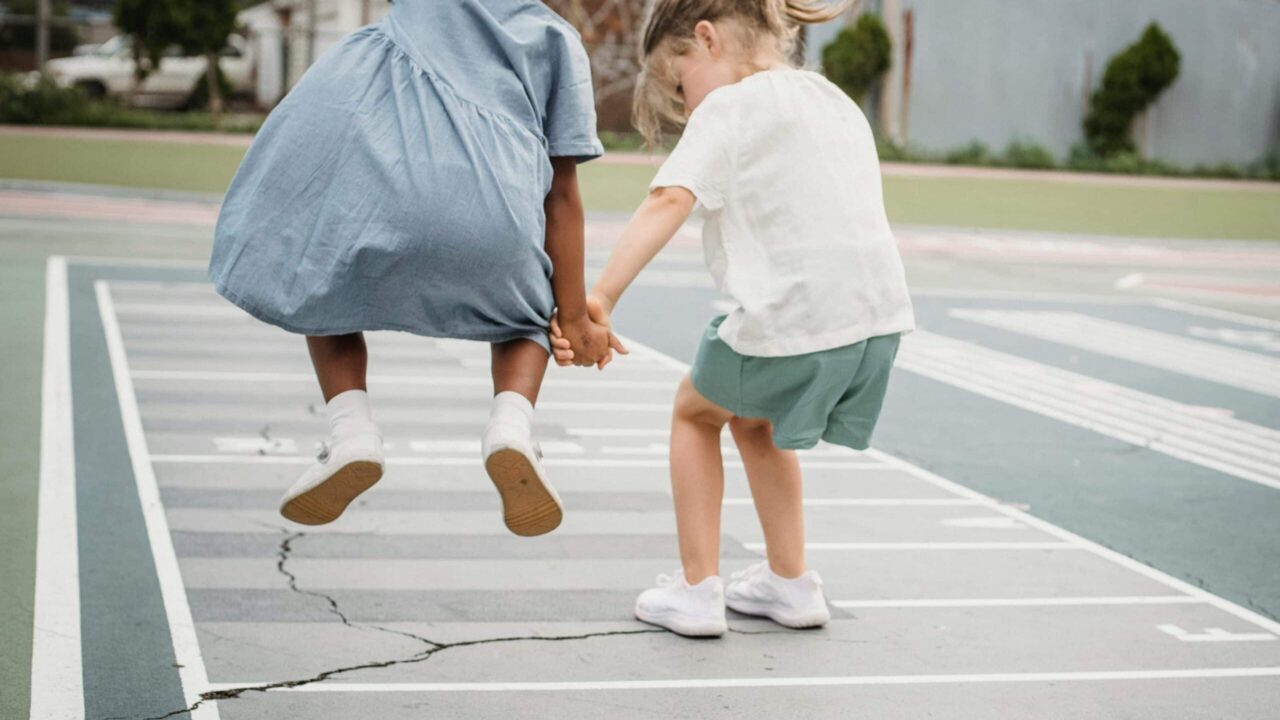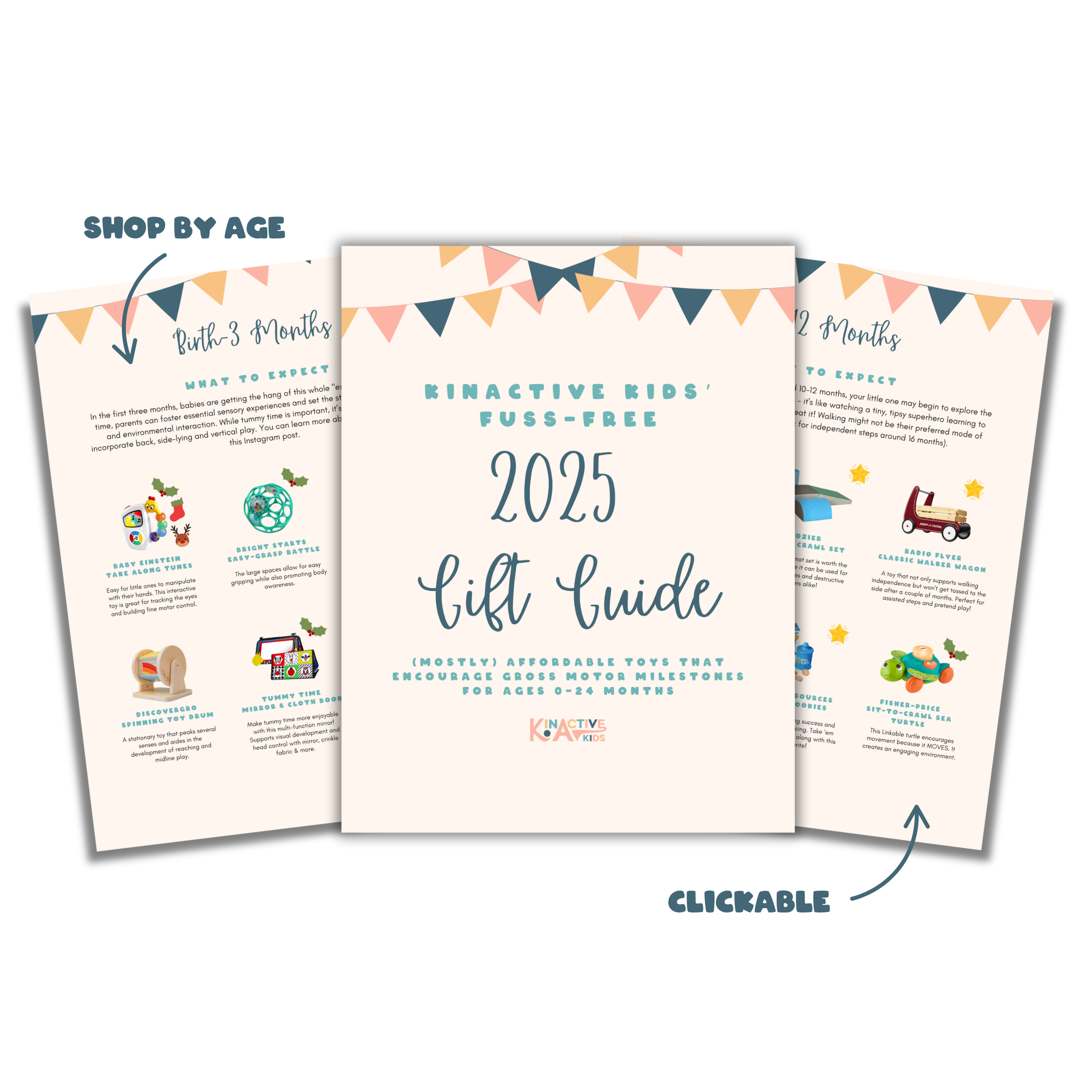When Should a Child Be Referred for Pediatric Orthotics? 6 Signs to Watch

Every child deserves to move with confidence and ease. Whether they’re racing through the playground, learning to walk, or just exploring the world in their own way, comfort and stability matter. Sometimes, kids benefit from a little extra support to help their bodies move more efficiently — and that’s where pediatric orthotics can play a powerful role.
But how do you know if orthotics might be a good fit for your child? Let’s take a quick look at what pediatric orthotics are — and then dive into six signs that might mean it’s time to consider them.

What Are Pediatric Orthotics?
Pediatric orthotics are custom-designed tools that support a child’s natural movement. They can range from simple shoe inserts to ankle-foot braces and are designed to help with things like alignment, posture, and coordination. These devices aren’t just about correction — they’re about unlocking your child’s potential to move with more confidence and freedom.
1. Complaints of Foot or Leg Discomfort
Kids are incredibly active — and extremely resilient — so when a child around age 4 or older starts to mention discomfort in their feet, knees, or back, it’s worth noting. Especially after a busy day, if they frequently talk about being sore or tired, it could be more than just growing pains. Orthotics might provide the extra support their growing bodies need.
2. Flat Feet or Extra Movement in the Ankles
If your child hasn’t started walking by 18 months, it could be a sign they need a little extra support. Orthotics may help provide the stability and alignment their growing body needs to take those first steps with more confidence and ease.
3. Toe Walking
Still tiptoeing past age two? If toe walking is their go-to pattern for more than 80% of the day, it might indicate tightness or coordination differences. Orthotics can be part of a thoughtful plan to encourage a more typical walking pattern and reduce muscle strain.
4. Unique Gait or Posture Patterns
Every child has their own way of moving, but if your child still has a unique gait more than 80% of the day after three months of independent walking, it may be time to take a closer look. Orthotics might help them feel more secure on their feet. Supportive devices can encourage smoother, more coordinated movement while reducing compensation patterns elsewhere in the body.
5. More Falls Than Peers
All kids fall — it’s part of learning! But if your child is falling significantly more than peers or seems unusually uncoordinated, their body might be asking for some extra stability. Orthotics can enhance balance and boost confidence in movement-heavy environments like school or sports.
6. Uneven Shoe Wear
Take a peek at the bottoms of your child’s shoes. Uneven wear — especially on one side more than the other — can be a clue that your child’s movement patterns could use a little fine-tuning. Orthotics work to balance out those patterns, setting the foundation for smoother, more efficient walking and running.
What to Expect from an Orthotics Assessment
If you’ve noticed one or more of these signs, a pediatric specialist — such as a physical therapist — can help guide the next step. Assessments are gentle, movement-based evaluations of your child’s posture, gait, and motor skills. If orthotics are recommended, the process may involve custom measurements, molds, or 3D scans to ensure a personalized, comfortable fit.
Types of Pediatric Orthotics
Pediatric orthotics aren’t one-size-fits-all — they’re as unique as your child. Some common types include:
- Custom Insoles: Designed to fit inside shoes and provide support for flat feet, high arches, or uneven pressure distribution.
- SMOs (Supra-Malleolar Orthoses): Braces that offer extra ankle support for kids who need more control or stability.
- AFOs (Ankle-Foot Orthoses): More structured braces used when alignment or movement needs broader support.
Bottom Line: Support Isn’t a Setback — It’s a Step Forward
If you’re seeing signs that your child might need a little extra help with movement, that doesn’t mean something is wrong — it means there’s an opportunity to support them more intentionally. Pediatric orthotics can be part of a bigger picture that allows your child to move, play, and explore more confidently.
Still unsure? That’s completely okay. If you have questions or just want a better understanding of your child’s unique movement needs, we’re here for you. Every step toward support is a step toward strength — and you don’t have to take it alone. Together, you can create a plan to help your child thrive and move with confidence. After all, healthy, happy feet are a crucial part of healthy, happy kids.



